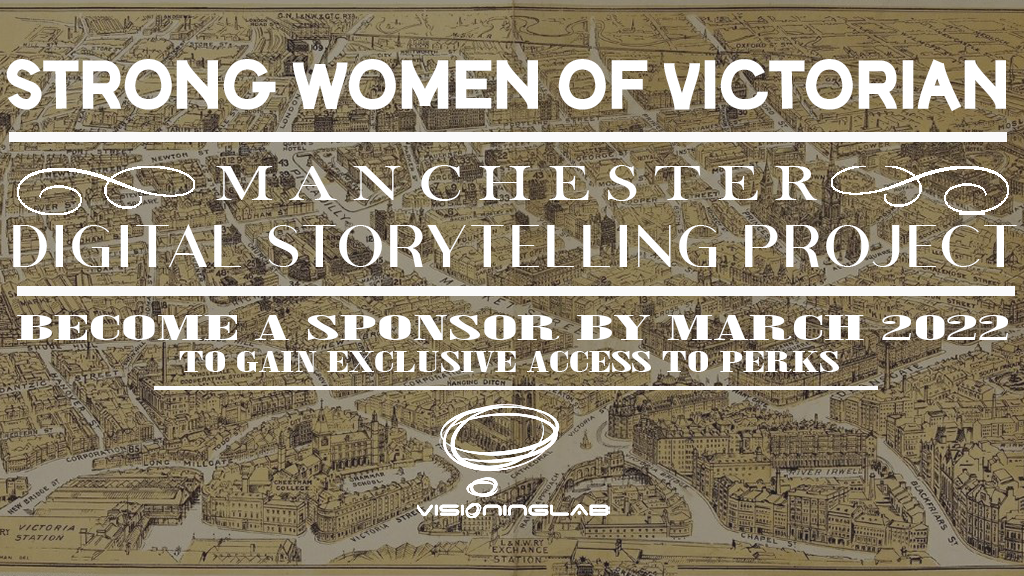We research and develop ideas into tangible products and services – always with social and environmental goals in mind. We work in collaboration with others. See partners and clients.
Here are some case studies of recent projects
Case Study: Battery Energy Glossary
For this project, when invited to a Future of Energy conference in South Korea , we took a standardised multilingual glossary / shared vocabulary for defining the battery terms. With the new EU directive for digital passports on goods, companies around the world need to prepare for standardisation in automotive battery production.
If this project interests you, please get in touch
Case Study: Metaverse Ontology
For this project, we are leading the Glossary and Ontology Task Force in the Metaverse Standards Forum to develop a standardised multilingual glossary / shared vocabulary for defining the metaverse.
If this project interests you, please get in touch
Case Study: Flood Games
For this project, we worked with technologists and flood experts on how to incorporate real-life flooding data into 3D game/world building environments. This project explored how 3D virtual models can support flood stakeholder decision making AND provide learning about flood events as entertainment. It focused on the process of structuring data so it can move easily between flood collection systems and game engine data and processes. This project brought together 3D modelling, machine learning, scenario design and stakeholder engagement.
We are collaborated with the Flood Innovation Panel in West Yorkshire and with Crompton Moor (First Choice Homes / Oldham Council / City of Trees / Friends of Crompton Moor) as case studies on the project.
Case study: Building 3D virtual environments
We advised local authorities, cultural organisations and producers, academia and others on how to understand 3D virtual environments by making them a virtual space and showing them around. We used Mozilla Hubs as a quick way of making online community spaces.
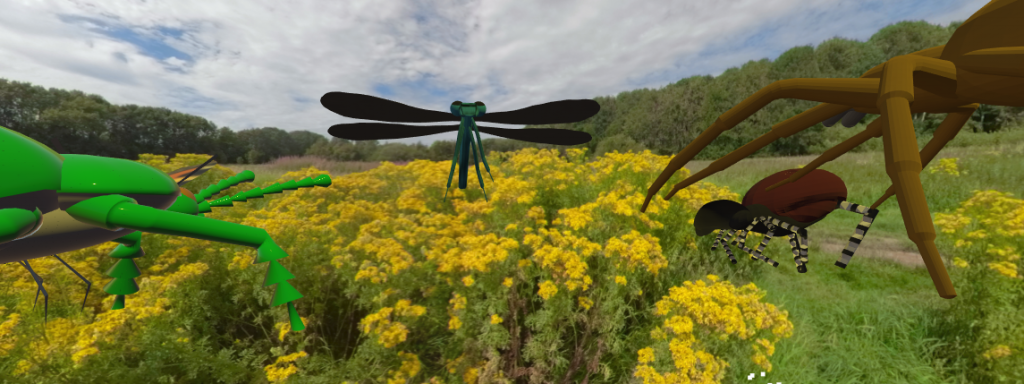
We developed 3D world building as a teaching and public engagement tool for the University of Salford and Manchester, First Choice Homes and Wyre Council. We also worked with Chorlton Arts Festival to co-produce a series of virtual spaces for an online programme during COVID
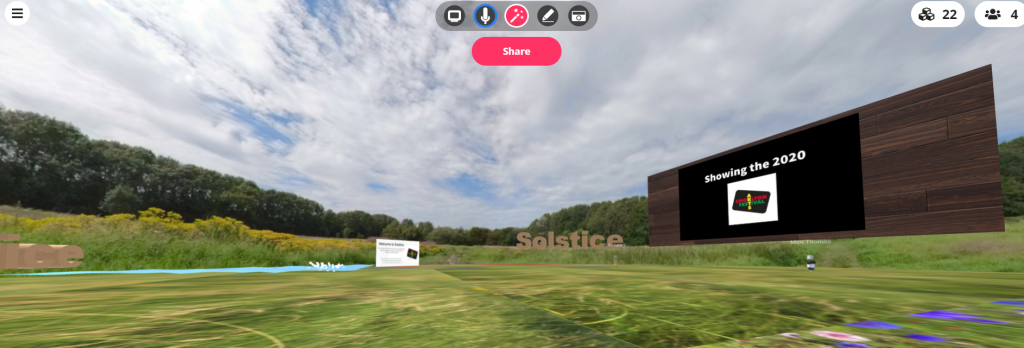
Visioning Lab pulled together a great team and worked efficiently to deadlines to deliver the Chorlton Virtual Arts Festival 2020, during the most difficult of years. They made every step of the process enjoyable for organisers and artists and ensured that the virtual world created was truly a wonder to behold and underpinned the lively festival atmosphere. Carolyn Kagan, Chair, Chorlton Arts
Case study: Making NFTs for the metaverse
Visioning Lab became curious about the crypto-art community so we launched an NFT collection, Cities of Butterflies, on the KnownOrigin website. This animation, story, composite and co-production brought together our learning over the past 2 years.
We also raised funding from Innovate UK to explore the commercial potential for using the PopupView platform to support the capture of 3D NFTs.
This work helped us understand the metaverse as a parallel virtual world. We created a story concept about a future world where ‘Astrojacks’ used time-travel to return to the past encountering key moments in history. These AstroJacks were released as NFTs on the KnownOrigin platform and the story concept explored through the Webtoon platform. We came to understand our activity as working on different parts of a whole.
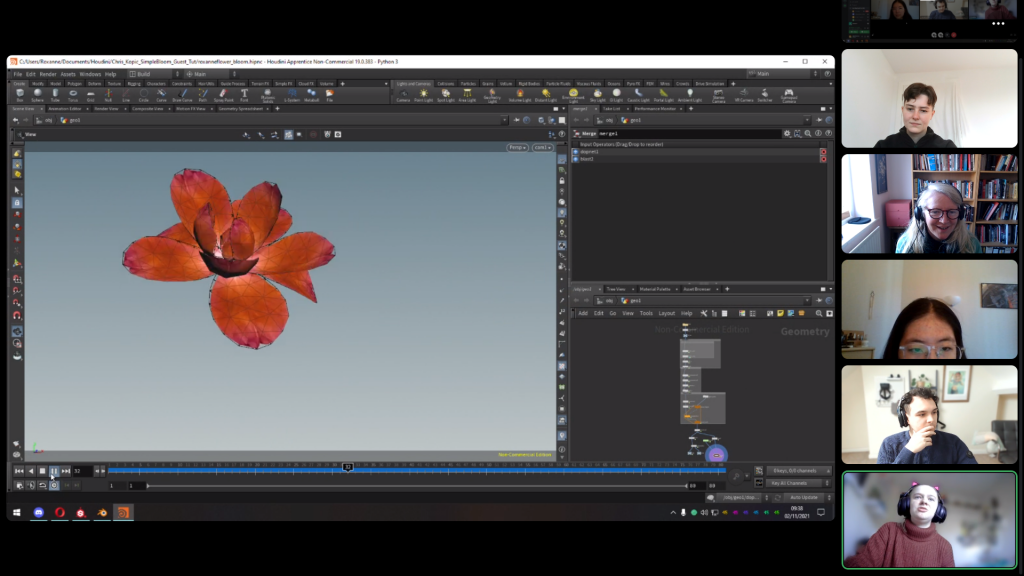
Short NFT History
The ‘crypto art space’ is a mysterious phrase for the uninitiated. For those in the know, it is the most exciting and transformative opportunity for artists since the emergence of wealthy Italian art patrons in the 15th century. The difference between then and now is that artists want the freedom to create their own vision, rather than what patrons specify, and instead make the work available for sale through digital art platforms to be discovered by patrons who ‘get’ their work.
Case Study: Designing Heritage Projects using Emerging Tech
Visioning Lab are the pioneers of a creative digital project focused on Victorian Manchester. We use the ‘storyworld’ concept to develop ways of communicating Manchester’s history in innovative ways.
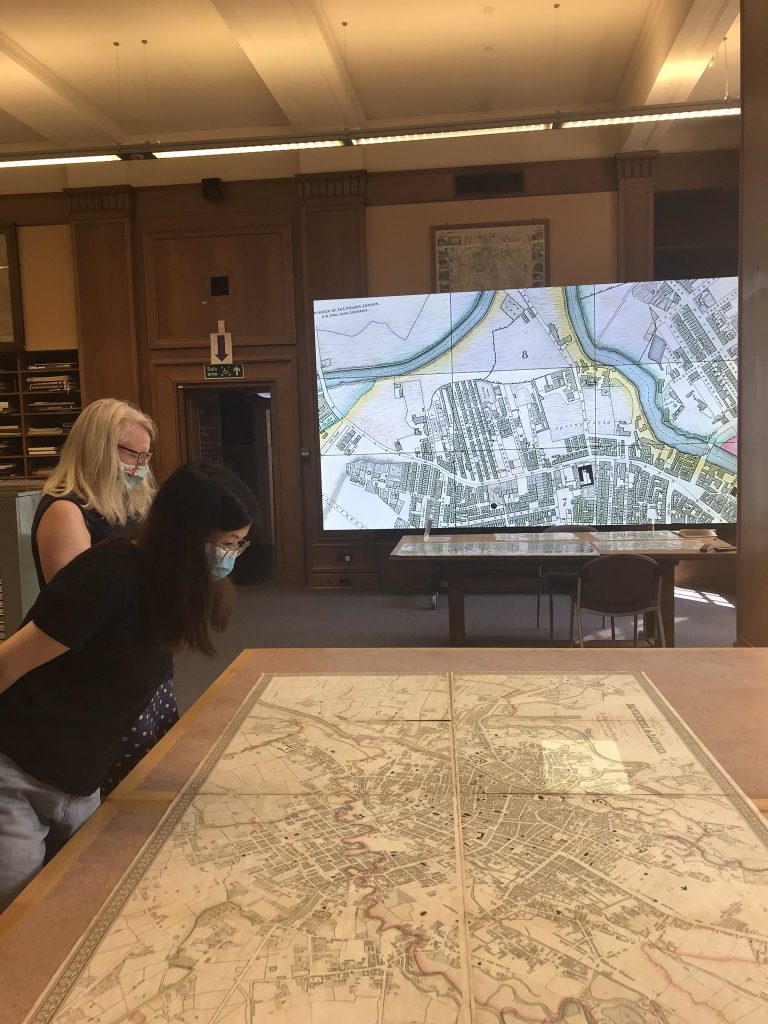
We developed a walk and talk trail exploring the lives of the “New Women” in Victorian Manchester. For this, Visioning Lab hand-picked 9 individuals, many of whom belong to LGBT groups, BAME backgrounds and working-class communities, to shed light on the women who came before us, whilst helping us to imagine a future of new women who are still to come. The trail features locations associated with these inspirational women, including Annie Kenney, Sarah Parker Remond, Mary Quaile and Annie Horniman.
We created a digitised version of the New Women of Victorian Manchester app, where you can hear you take a glimpse into the lives of each woman. To access the audio on the ECHOES app, which you can listen to here.
We also made an augmented reality experience that tells the story of the Chartists in Manchester through visuals and audio.
Case study: PopupView.com
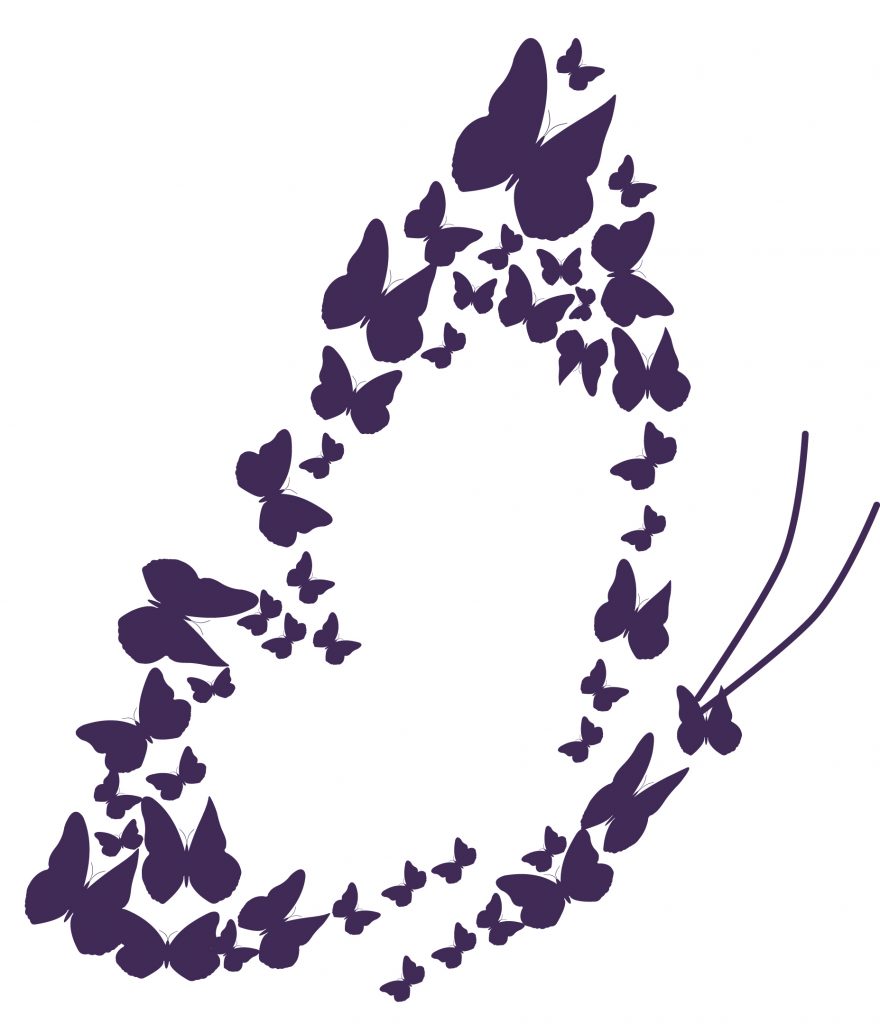
PopupView was an independent Augmented Reality (AR) platform that aggregated AR experiences made by artists, musicians and producers. It was a demonstrator of the potential for AR and designed to be as easy as possible. We called it the Youtube for AR
Why? We developed PopupView.com when we recognised that this transformative technology of augmented reality was not understood by mainstream audiences. We created an app for art and cultural events to intrigue people and stimulate curiosity about how it works
Case study: Making Augmented Reality (AR) experiences
Birdsong was an augmented reality campaign for the PopupView platform for people to explore and learn the songs of over 18 birds!

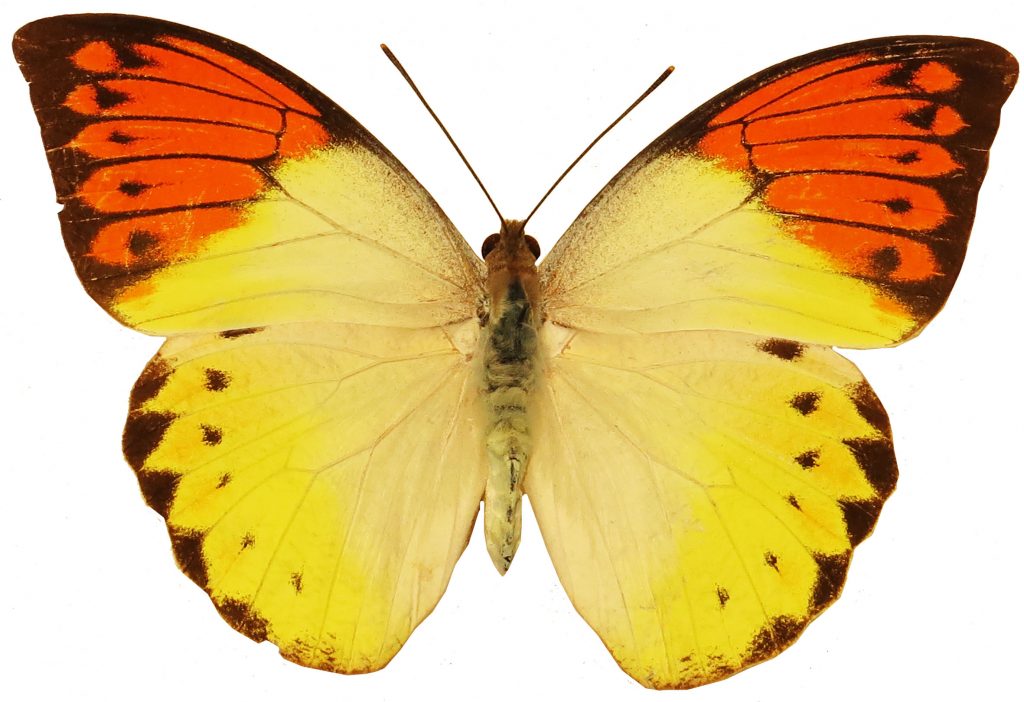
We designed and delivered a creative digital experience for Manchester Museum at the launch of their new insect exhibitionworking with artists

We designed and delivered a creative digital experience for Tatton’s stand at the RHS 2019 Garden Show working with artist Jacki Clark
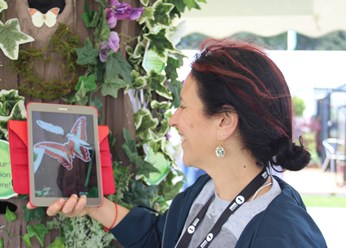
Visioning Lab are great to work with. Their artist-drawn digital butterflies app impressed visitors to our RHS Flower Show garden stand and stimulated discussion about wildlife conservation and our 18th Century mansion artefacts. Carole Hyde, Business Engagement Manager, Tatton Park

Groups of People at Lightwaves Festival, Salford Quays
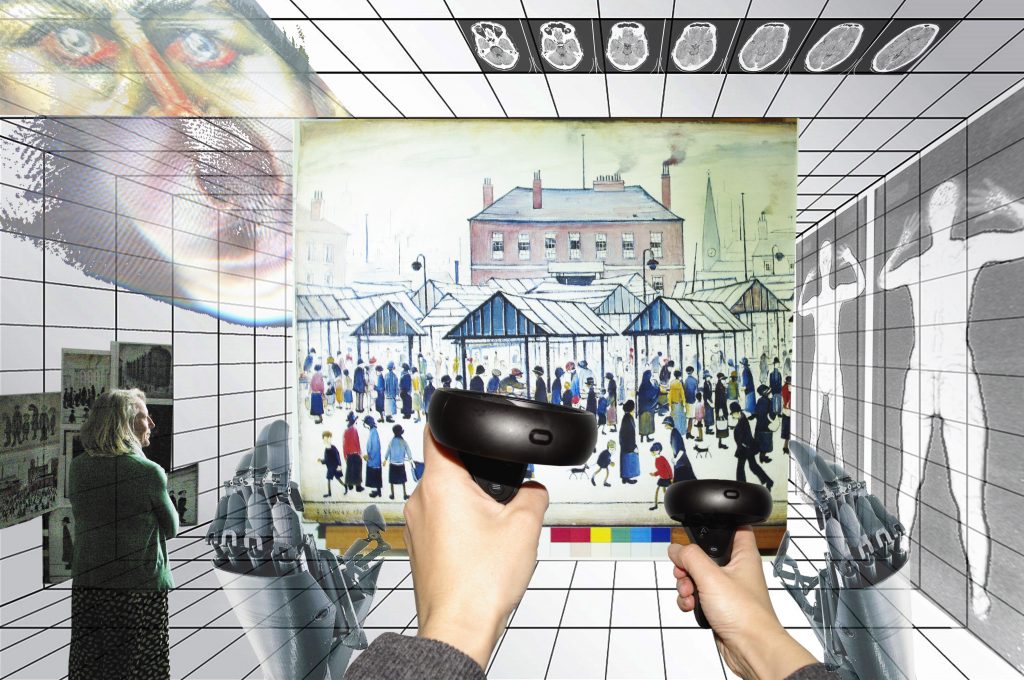
Visioning Lab make inspirational creative work. Their Lowry-inspired Groups of People augmented reality app at the Lightwaves Art Festival in Salford Quays was a great hit with our audiences! Jennifer Taylor, Programme Producer, Quays Culture
We produced an AR art installation at the Lightwaves Festival funded by Quays Culture. We worked with visitors to the Immersive Lab in The Landing at Salford Quays to make work inspired by the artist LS Lowry. They drew sketches with light in virtual reality using Google Tiltbrush . Their sketches were incorporated into an augmented reality app and made available via Google Playstore and Apple App store. Artists Amber McCormack created photo montages of the project to act as ‘trigger images’ and Jacki Clark provided digital sketches to compliment the work.
Case study: Running emerging technology workshops
We design and run workshops on emerging tech and 3D virtual environments, focusing in particular on landscape architects, placemakers and interactive designers on using digital technologies in public spaces
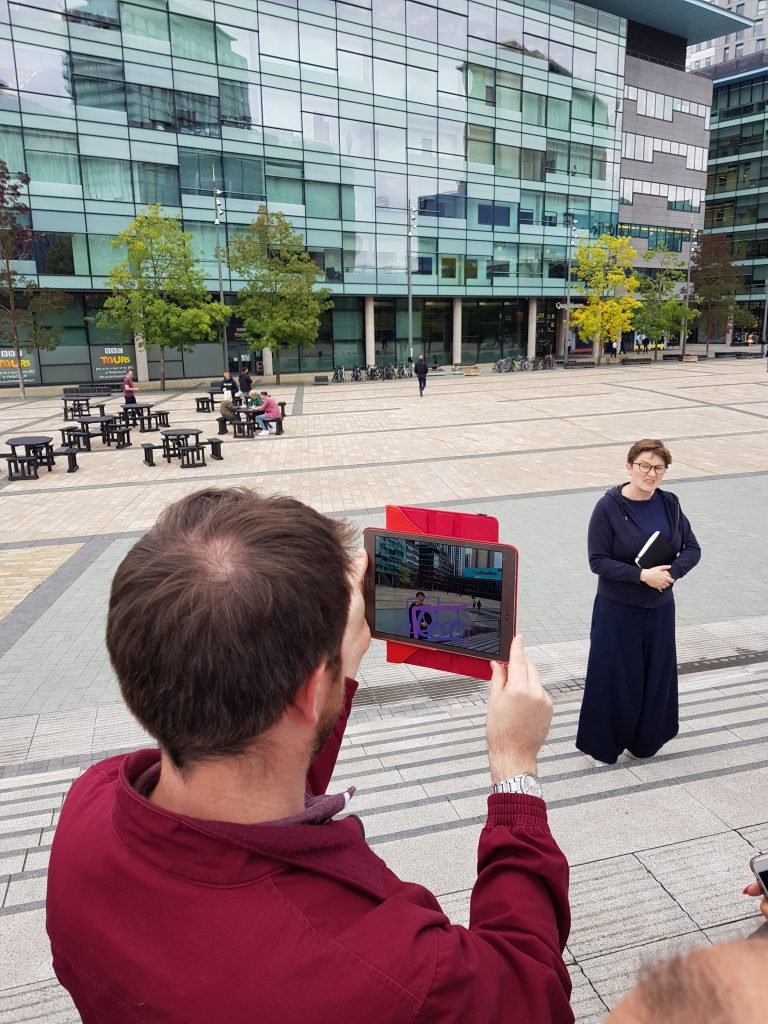
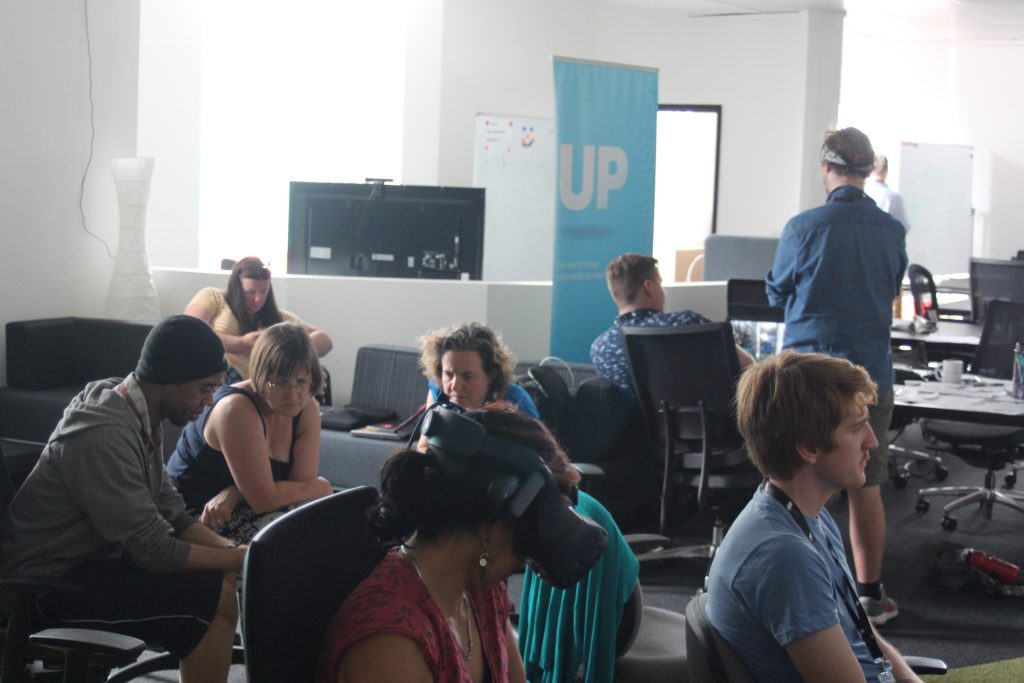
We ran a community engagement programme for providing creative digital expressions in public places in Salford

Case study: Reviewing emerging tech solutions
We are constantly reviewing the potential for emerging tech. For example, we carried out a digital solution review of a game app for public parks
Visioning Lab provided a top-notch review service for our park experience app. They gave feedback on usability, content and stickiness so contributing to a significant uplift in customer satisfaction and app usage. Director, Tourist experience app
Case study: Producer of immersive experiences
We work with artists, musicians, writers and producers to support the development of their creative vision.
We worked with artist Matthew Rosier and community engagement organisation, Loaves and Fishes to support the development of an artwork focused on the Salford navvies who dug the Manchester Ship Canal for the annual Lightwaves Festival hosted by Quays Culture in December 2022.

Professor Keith Brown, an internationally respected fine artist whose digital 3D sculptures have consistently changed the game in digital artwork for 20+ years and now are shown in augmented and virtual reality.
We worked with Keith to produce GeoThicket, a virtual reality 3D abstract geometric artwork supported by Quays Culture and The Landing at MediacityUK at Salford Quays, UK.
Case study: Creative digital economy consultancy
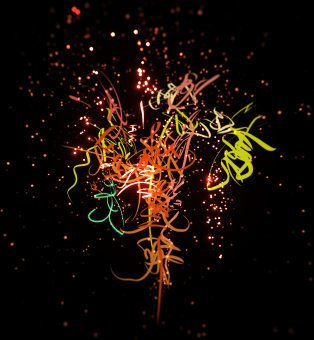
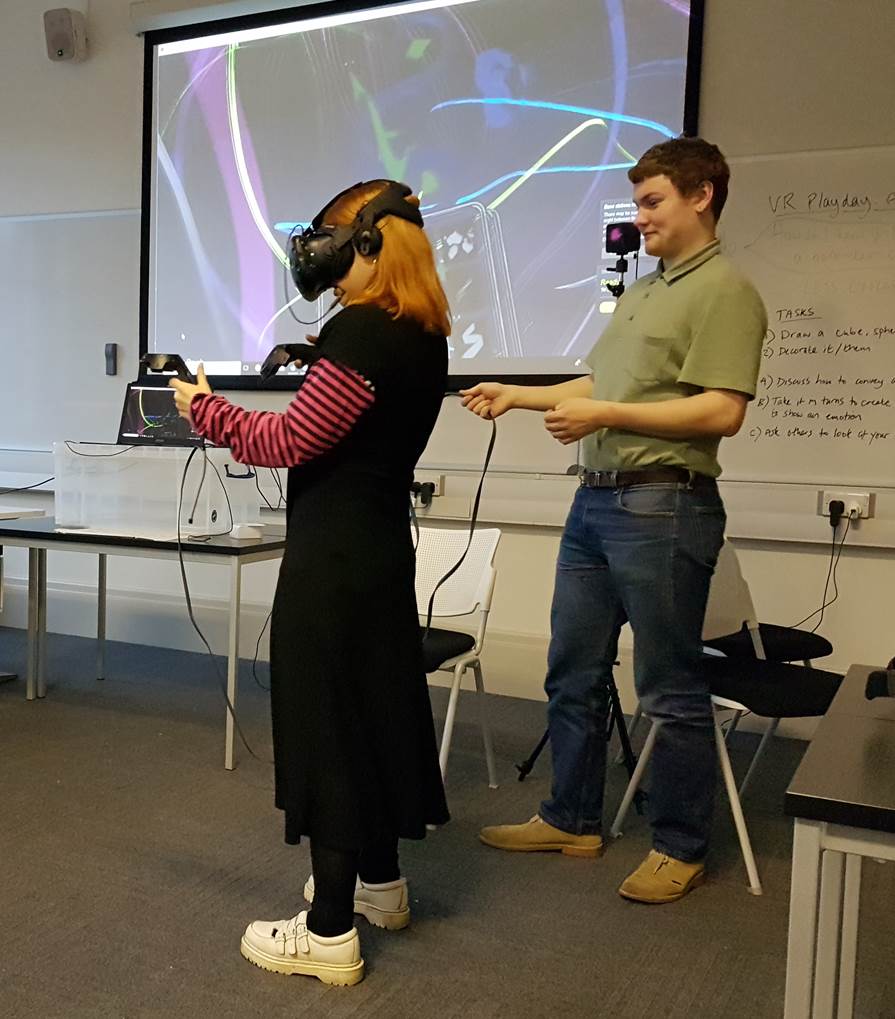
Visioning Lab worked with University of Manchester and Cheshire East Council, funded by the AHRC Research Council. The project explored the opportunities and barriers for working in the creative sector in rural Cheshire. A virtual reality kit was used an engagement method visiting community events and festivals over a 6 month period (Jan-Jun 2018).
Case study: Future Visioning
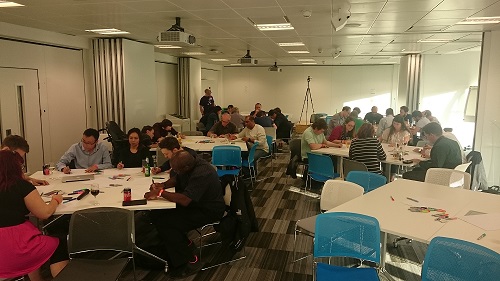
‘Future visioning’ sessions are a creative device for connecting people to their imaginative selves. Visioning Lab has run sessions for over 400 people as well as reaching 500+ people through the Visioning Lab YouTube channel.
These visioning sessions take different forms as follows:
- Manchester Futurists is a Meetup group run by BBC Futures duo, Rosie Campbell and Ahmed Razek. Visioning Lab ran a future visioning session with 40 members to generate visions of a ‘future city’
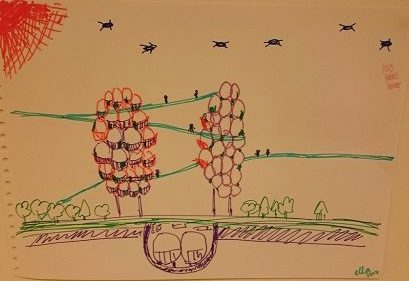
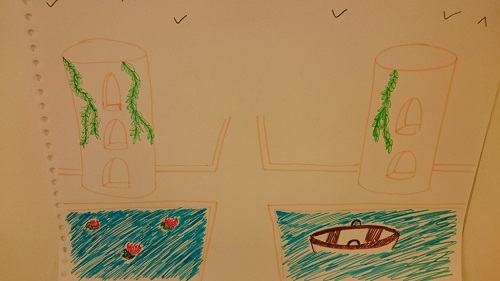
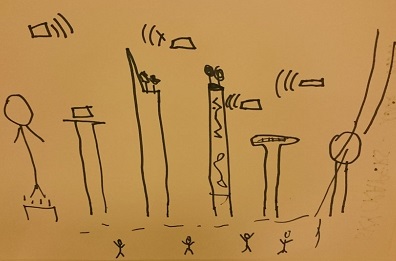
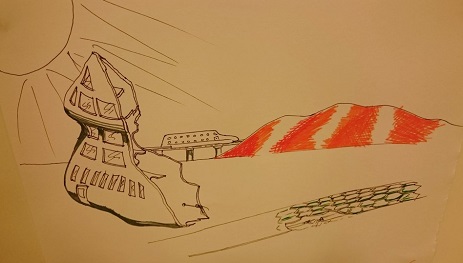
2) #IfIwereaStag What would you be? is an art-anthropology collaboration exploring what it is to be non-human.
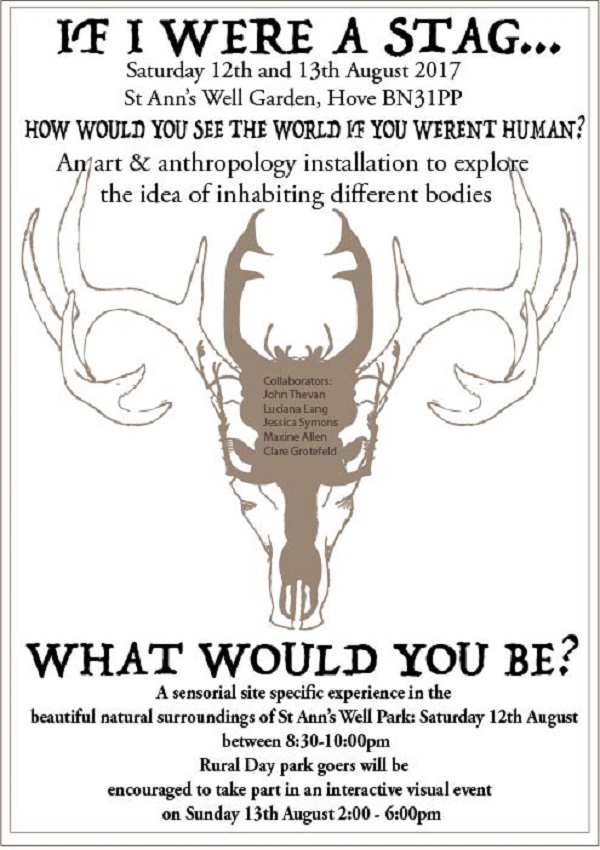
The first iteration of this collaboration was an art installation and performance at Brighton Rural Day, part of the Brunswick Festival. A team of artists, anthropologists and a curator created a two day installation as a leafcovered frame with water dripping through clay pots onto pools in a bed of sand and two lifesize stag dummies. In the evening event, we projected images of the changing planet onto the pools and onto the foliage in a nearby pond area. We ran ‘visioning sessions’ over the Sunday helping people imagine themselves as alternative creatures. A sound artist providing an aural backdrop. The installation provoked a strong and thoughtful response from visitors.
3) Future Salford aimed to stimulate discussion about how the city is changing and how people imagine its future. The project encouraged greater awareness of how people see the future differently – from elected politicians and staff in council and commercial organisations to staff and students at the University of Salford, to children and families in local communities. A Future Salford Sketchbook captures over 60 drawings and ideas expressed in six workshops.
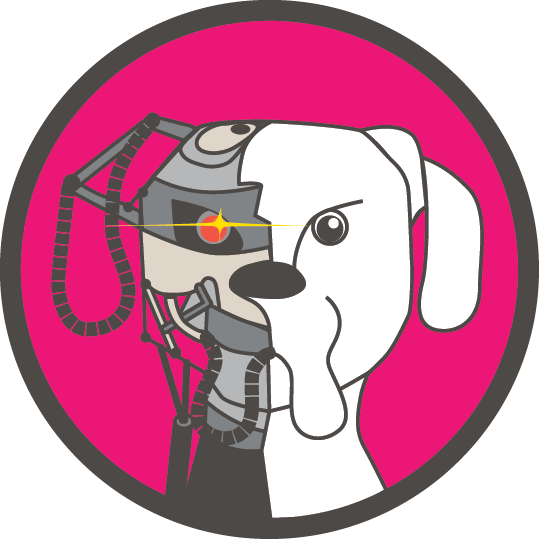
4) Dane Bank Green Space was a contested area of land in Denton. Several Future Visioning workshops for the ‘Save Dane Bank’ organising committee and on their family fun day produced insight into what people expected to happen to the space they were trying to save. The visions of the committee ranged from ‘The Road to Hell’ where the land was completely built over to a ‘open, wonderful, usable green space’. The workshops led to better communication between parties involved and ultimately to the space being ‘saved’ by the community.

